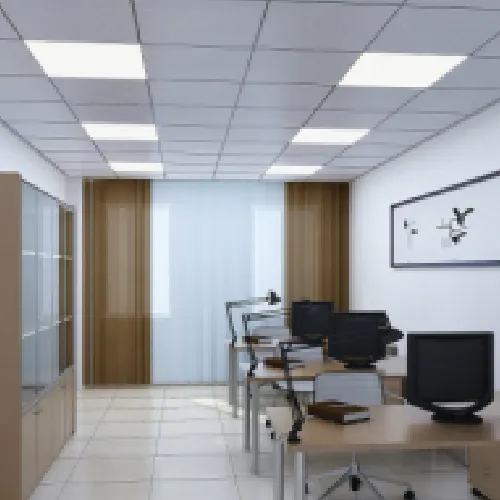Oct . 31, 2024 15:25 Back to list
Ceiling Access Panel Solutions for Efficient Maintenance and Repairs
Ceiling Maintenance Access Panels Importance, Types, and Installation
In modern construction and building maintenance, ceiling maintenance access panels play a crucial role in ensuring that essential systems are easily reachable for inspection, repairs, and regular maintenance. These panels provide convenient access to the areas above the ceiling, where electrical wiring, plumbing, HVAC systems, and other vital infrastructure often reside. Understanding the significance of these panels, the different types available, and their installation process can greatly enhance building maintenance efforts.
One of the primary benefits of ceiling access panels is their ability to facilitate quick and easy access to concealed areas. This is particularly important in facilities where routine maintenance is necessary for operational efficiency and safety. For instance, HVAC systems require periodic checks to ensure they are functioning correctly, and access panels allow technicians to perform these checks without requiring extensive renovations or dismantling ceilings. This not only saves time but also reduces costs associated with maintenance.
There are several types of ceiling maintenance access panels available on the market, each designed for specific applications. The most common types include
1. Standard Access Panels These are typically made from durable materials like steel or plastic and are designed for general use. They can be painted or finished to match the surrounding ceiling, making them unobtrusive in appearance.
2. Fire-Rated Access Panels In areas where fire safety is a concern, fire-rated access panels provide a critical barrier against the spread of flames and smoke. These panels are tested to meet specific fire resistance standards and are an essential component in complying with building safety codes.
3. Acoustic Access Panels Designed to reduce noise transmission, these panels are often used in environments where sound control is necessary, such as recording studios or conference rooms.
ceiling maintenance access panel

4. Hinged and Removable Panels Depending on the frequency of access needed, some panels are designed to be hinged for quick opening and closing, while others may be fully removable for larger inspections.
When it comes to the installation of ceiling access panels, proper placement is key. Ideally, panels should be installed in locations that require regular maintenance access, such as near HVAC units or plumbing junctions. The installation process typically involves the following steps
1. Identify the Location Select the best spot for the access panel, considering the existing infrastructure and any potential obstacles.
2. Cut the Opening Using a drywall knife or similar tool, carefully cut the opening in the ceiling to fit the dimensions of the panel.
3. Install the Frame If required, attach the panel's frame securely to the ceiling joists to ensure it can support the weight and use over time.
4. Attach the Panel Finally, place the panel into the frame and secure it as instructed by the manufacturer.
In conclusion, ceiling maintenance access panels are essential components in building design and maintenance. They provide crucial access to hidden systems that require regular inspection and upkeep, ultimately contributing to the safety, efficiency, and longevity of the building. By understanding the various types of access panels, their benefits, and the installation process, property managers and contractors can ensure that their spaces remain functional and compliant with safety standards. Investing in high-quality access panels can enhance maintenance efforts while minimizing disruption to both the structure and its occupants.
-
Durable Ceiling T Grid Systems | Easy InstallationNewsAug.29,2025
-
PVC Gypsum Ceiling: Durable, Laminated Tiles for Modern SpacesNewsAug.28,2025
-
Pvc Gypsum Ceiling Is DurableNewsAug.21,2025
-
Mineral Fiber Board Is DurableNewsAug.21,2025
-
Ceiling Tile Clip Reusable DesignNewsAug.21,2025
-
Ceiling T Grid Modular DesignNewsAug.21,2025







